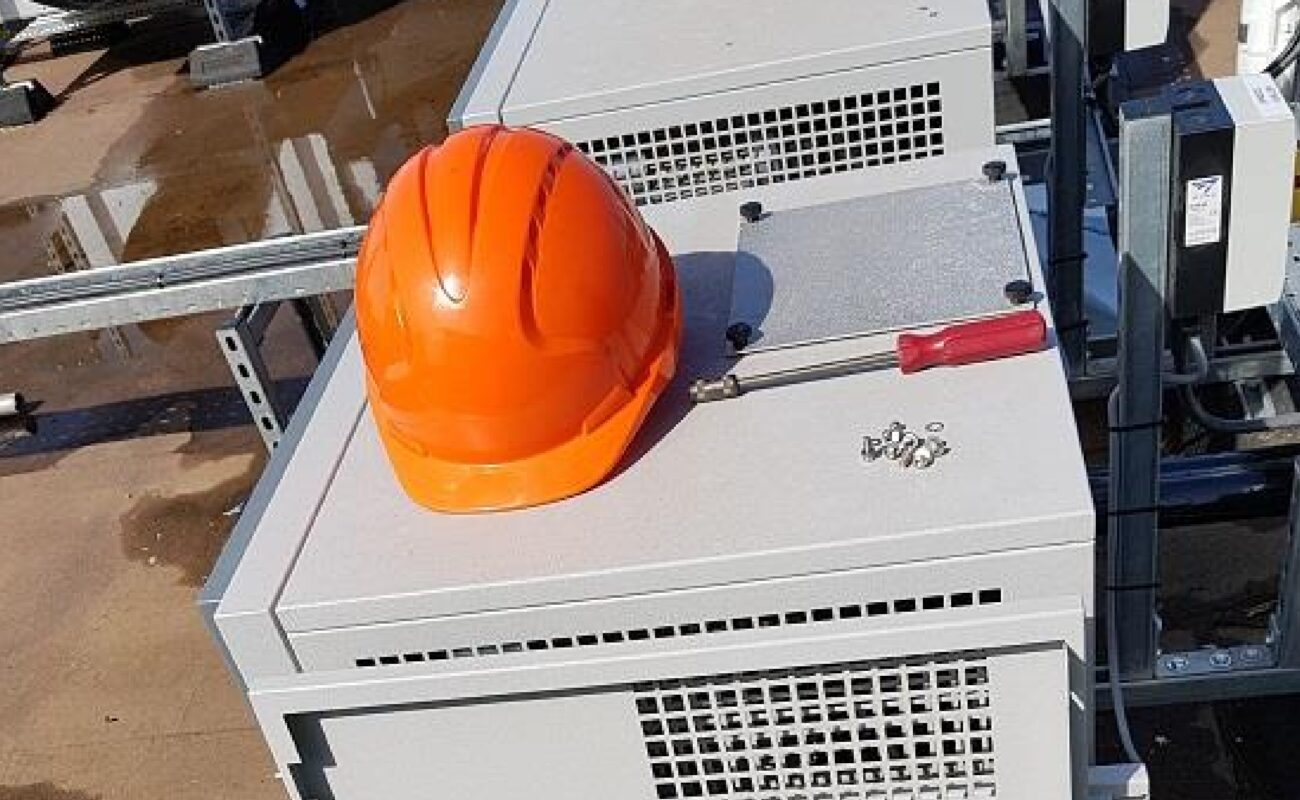Why Does Refrigerant Charge Size Matter When Buying a Chiller?
When purchasing a chiller – whether for a laboratory, industrial test rig, or precision manufacturing environment – one technical specification you may come across is the refrigerant charge size.
This refers to the amount of refrigerant inside the unit. While it’s something that the manufacturer typically manages, it can affect where your chiller can be installed, how it’s delivered, and whether it will comply with environmental regulations – now and in future years.
Here’s what you need to know to make an informed, confident choice.
Regulatory Landscape: What’s Changing Under F-Gas and Kigali?
The amount and type of refrigerant used in chillers is now heavily influenced by environmental regulation.
UK & EU F-Gas Regulations
These rules are phasing down the use of high-GWP refrigerants such as R134a and R404A. Instead, manufacturers are moving to low-GWP alternatives like R290 and R454C.
F-Gas regulations limit the total volume of refrigerants (by CO₂-equivalent) allowed on the market. They encourage smaller charge systems using more climate-friendly refrigerants and are introducing bans on certain refrigerants and equipment types from 2025 onward.
The Kigali Amendment is a UN-backed global agreement that obliges signatory countries (including the UK) to phase down the use of HFCs, support alternatives with lower climate impact, and implement GWP-based restrictions.
What this means for you:
Buying a chiller that uses a low-charge of a low-GWP refrigerant helps to ensure that it will remain legal, serviceable, and supportable for years to come. It also reduces the risk of needing costly refrigerant swaps or retrofits later. For organisations with sustainability goals, choosing low-charge, low-GWP systems aligns with environmental sustainability goals and net-zero targets.
What to Ask & Why It Matters
Environmental Impact: What Happens If There’s a Leak?
Even small leaks of high-GWP refrigerants can have significant environmental impact. For instance:
- A leak of 1kg of R134a has the same climate impact as 1.4 tonnes of CO₂
- A leak of 1kg of R290 has almost no long-term climate effect (GWP ~3)
Reducing charge size means:
- Less refrigerant at risk of leaking
- Lower carbon impact if something does go wrong
- Easier compliance with environmental reporting or lab audit requirements
What to Ask & Why It Matters
What to Ask & Why It Matters
Room Size & Safety: Where Can You Use the Chiller?
If your chiller uses a flammable refrigerant, such as R290 or R454C, there are international safety standards that limit how much refrigerant can be safely used based on the volume of the room where it will be installed.
This is to prevent any risk in the unlikely event of a leak. If a leak occurred in a small, poorly ventilated space, the gas could (in theory) build up to a flammable concentration.
To prevent this, standards like EN 378 (used across Europe and the UK) and IEC 60335-2-40 set out maximum charge limits that are tied to the room’s floor area and the refrigerant’s Lower Flammability Limit (LFL).
For example:
- R290 has an LFL of 0.038kg/m³
- R454C has an LFL of 0.111kg/m³
- Based on EN 378, the maximum allowable charge of R290 in a 10m² room without forced ventilation is roughly 226 grams
- For R454C in the same room, the limit is around 660 grams
These limits increase with room size and/or ventilation. In a 30m² space, the allowable charge of R290 rises to around 680 grams.
What to Ask & Why It Matters
Making the Right Choice with Confidence
While refrigerant charge size might seem like a behind-the-scenes detail, it has a meaningful impact on the installation, delivery, environmental impact, and long-term compliance of your chiller. As global restrictions shift and low-GWP refrigerants become the new standard, it’s more important than ever to understand how charge size affects safety thresholds, shipping logistics, and sustainability goals.
The good news is that you don’t have to navigate it alone. By asking the right questions and working with an experienced supplier, you can be confident that your chiller is safe, compliant, and future-ready. Whether you’re sourcing equipment for a compact lab, an industrial test cell, or a global project with strict logistics, choosing a unit with the right refrigerant charge will help you to stay ahead of regulations and avoid unnecessary costs or complications later on.
At Applied Thermal Control, we’re here to guide you through the process – offering practical advice, straightforward answers, and products designed with global regulations and real-world applications in mind. If you’re unsure about what’s right for your application, our team is happy to help.

